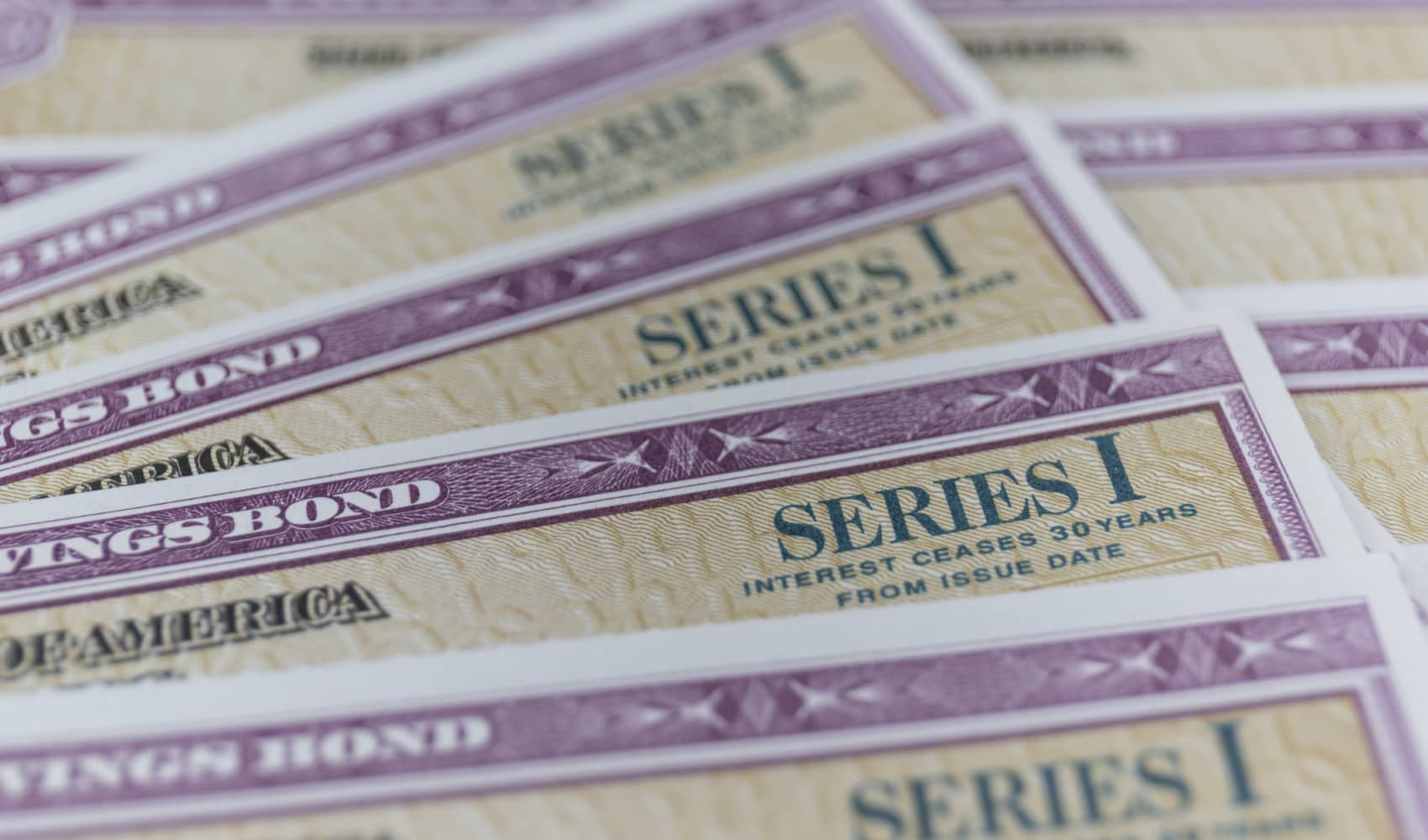Stagflation Risks Rising: Protect Your Money Now!
Stagflation Alert: Is Your Money Safe? Experts Weigh In
Brace Yourselves: The Specter of Stagflation Looms
Weary consumers, already grappling with high prices at the gas pump and the grocery store, now face an added potential risk: stagflation. It's a term that sends shivers down the spines of economists and the wallets of everyday Americans. But what exactly *is* stagflation, and more importantly, how can you protect your hard-earned money?
Stagflation – an economic term used to describe a combination of rising inflation, slower economic growth, and stubbornly high unemployment – may be lurking on the horizon, according to a growing chorus of economists. Think of it as being stuck in economic quicksand: prices keep going up, but your ability to earn more stays stuck.
Understanding the Economic Triple Threat
Stagflation isn’t just one problem; it's a nasty cocktail of three economic ailments all happening at once. Let's break down each ingredient:
Inflation: The Sneaky Thief
Inflation, as you probably already know, is the rate at which the general level of prices for goods and services is rising, and subsequently, purchasing power is falling. Your dollar simply buys less than it did last year. It's like a silent tax, eroding your wealth over time. Currently, inflation remains a persistent concern, even with recent attempts to curb it.
Slower Economic Growth: The Stalling Engine
Economic growth, typically measured by GDP (Gross Domestic Product), reflects the overall health of a nation's economy. Slower growth means businesses aren't expanding, hiring isn't booming, and opportunities become scarcer. It's like a car running out of gas on a long trip.
High Unemployment: The Job Market Blues
High unemployment, the third leg of this wobbly economic stool, means more people are actively seeking work but can't find it. This puts a strain on families, reduces consumer spending, and further dampens economic growth. It's a vicious cycle.
The 1970s Flashback: Are We Repeating History?
The term "stagflation" became infamous during the 1970s, a period marked by soaring oil prices, high unemployment, and sluggish economic growth. Many are now drawing parallels, wondering if we're headed for a similar economic storm.
The 1970s stagflation was primarily caused by supply shocks (like oil embargos) and loose monetary policy. While the current situation has different contributing factors, the potential outcome remains the same: a difficult economic environment for everyone.
The Trump Tariff Factor: Fueling the Fire?
“The Trump White House tariff policy has certainly increased the risk of both higher inflation and lower growth,” said Brett House, professor of professional practice in economics at Columbia Business School. But how exactly do tariffs contribute to stagflation?
Tariffs, essentially taxes on imported goods, can lead to:
- Higher prices for consumers: Businesses often pass on the cost of tariffs to consumers, leading to inflation.
- Reduced competitiveness: Tariffs can make domestic businesses less competitive in the global market.
- Trade wars: Retaliatory tariffs from other countries can further disrupt trade and slow economic growth.
Expert Opinions: Navigating the Stagflation Maze
So, what are the experts saying about the likelihood of stagflation, and what advice are they offering?
The Optimists: A Soft Landing?
Some economists believe that while inflation may remain elevated for some time, the Federal Reserve's actions will eventually bring it under control without triggering a severe recession or significant job losses. They are hoping for a "soft landing."
The Pessimists: Prepare for Turbulence
Others are more pessimistic, arguing that the underlying causes of inflation are more persistent, and that the Fed's rate hikes may push the economy into a recession, leading to stagflation. These experts urge individuals to prepare for economic turbulence.
What Stagflation Means for Your Money: Practical Strategies
Regardless of which scenario plays out, it's crucial to take proactive steps to protect your finances. Here's what stagflation could mean for different aspects of your financial life, and how to mitigate the risks:
Your Investments: Weathering the Storm
Stagflation can be challenging for investors. Stocks may struggle due to slower economic growth, while bonds may be hurt by rising interest rates and inflation. Consider the following strategies:
- Diversification is key: Don't put all your eggs in one basket. Spread your investments across different asset classes, sectors, and geographies.
- Consider inflation-protected securities (TIPS): These bonds are designed to protect your purchasing power from inflation.
- Look into commodities: Historically, commodities like gold and oil have performed well during periods of stagflation.
- Revisit your risk tolerance: Make sure your investment strategy aligns with your ability to handle potential losses.
Your Savings: Preserving Purchasing Power
With inflation eroding the value of your savings, it's important to find ways to earn a decent return without taking on excessive risk.
- High-yield savings accounts: Shop around for banks offering competitive interest rates.
- Certificates of Deposit (CDs): CDs offer fixed interest rates for a specific period, which can provide some protection against inflation.
- Consider I Bonds: These U.S. Treasury bonds offer inflation-adjusted interest rates, making them a safe and effective way to preserve your purchasing power.
Your Debt: Managing the Burden
Rising interest rates can make debt more expensive to service. Take steps to manage your debt wisely:
- Pay down high-interest debt: Focus on paying off credit card balances and other high-interest loans.
- Consider consolidating debt: Consolidating debt into a lower-interest loan can save you money.
- Avoid taking on new debt: If possible, postpone major purchases that require financing.
Your Job: Staying Employed and Earning More
In a stagflationary environment, job security and the ability to earn more become even more important.
- Invest in your skills: Enhance your skills and knowledge to make yourself more valuable to your employer.
- Build your network: Networking can open doors to new opportunities.
- Negotiate for a raise: Don't be afraid to ask for a raise that reflects your contributions and the rising cost of living.
The Bottom Line: Preparedness is Paramount
While the future is uncertain, one thing is clear: being prepared is crucial. By understanding the risks of stagflation and taking proactive steps to protect your finances, you can weather the storm and emerge stronger on the other side. Don't wait until it's too late; start planning now.
Alternative Investments: Exploring Different Options
In times of economic uncertainty, many investors turn to alternative investments to diversify their portfolios and potentially hedge against inflation. However, it's important to note that these options often come with higher risks and may not be suitable for all investors. Some examples include:
- Real Estate: Historically, real estate has been considered an inflation hedge, as property values and rental income tend to rise with inflation. However, real estate investments can be illiquid and require significant capital.
- Cryptocurrencies: While some proponents argue that cryptocurrencies like Bitcoin can serve as a store of value during inflationary periods, their volatility makes them a risky investment.
- Collectibles: Items like art, antiques, and rare coins can appreciate in value over time, but their market value can be subjective and difficult to predict.
Government Intervention: What to Expect
During periods of stagflation, governments and central banks often face a difficult dilemma. Policies aimed at curbing inflation, such as raising interest rates, can further slow economic growth and increase unemployment. Conversely, policies designed to stimulate economic growth, such as increasing government spending, can exacerbate inflation.
It's possible that we could see:
- Interest Rate Adjustments: The Federal Reserve may continue to adjust interest rates to try and find a balance between controlling inflation and supporting economic growth.
- Fiscal Policy Measures: The government may implement fiscal policies, such as tax cuts or infrastructure spending, to stimulate the economy.
- Supply-Side Reforms: Efforts to address supply chain bottlenecks and increase domestic production could help ease inflationary pressures.
The Role of the Federal Reserve
The Federal Reserve, as the central bank of the United States, plays a critical role in managing inflation and promoting economic stability. Its primary tools include:
- Interest Rate Policy: The Fed can influence interest rates by adjusting the federal funds rate, which is the rate at which banks lend money to each other overnight.
- Quantitative Easing (QE): QE involves the Fed purchasing government bonds and other assets to inject liquidity into the financial system and lower long-term interest rates.
- Reserve Requirements: The Fed sets reserve requirements, which are the percentage of deposits that banks must hold in reserve.
Psychological Impact: Maintaining a Long-Term Perspective
Stagflation can have a significant psychological impact on individuals and businesses. Fear and uncertainty can lead to reduced spending and investment, further exacerbating the economic slowdown. It's important to maintain a long-term perspective and avoid making rash decisions based on short-term market fluctuations.
Conclusion: Staying Vigilant and Adaptable
The possibility of stagflation is a serious concern, but it's not a foregone conclusion. By understanding the risks, taking proactive steps to protect your finances, and staying informed about economic developments, you can navigate this challenging environment with greater confidence. Remember, adaptability and vigilance are key to weathering any economic storm.
Frequently Asked Questions
-
What is the main difference between inflation and stagflation?
Inflation refers to a general increase in prices. Stagflation, however, is a more complex situation where you have rising prices (inflation) combined with slow economic growth and high unemployment. It's like having a car that's expensive to fuel but can barely move.
-
Are there any benefits to stagflation?
Generally, no. Stagflation is widely considered a negative economic condition. While some specific sectors (like commodities) might benefit in the short term, the overall impact is detrimental to most people and businesses.
-
What can I do to protect my retirement savings during stagflation?
Consider diversifying your retirement portfolio with inflation-protected securities, commodities, and possibly real estate. Review your asset allocation and risk tolerance, and consult with a financial advisor if needed.
-
How does stagflation affect small businesses?
Stagflation can be tough on small businesses. Rising costs can squeeze profit margins, while slower economic growth can reduce demand for their products or services. It's crucial to manage costs carefully, adapt to changing market conditions, and focus on customer retention.
-
What are some leading indicators that stagflation might be occurring?
Keep an eye on indicators like rising consumer price index (CPI), declining GDP growth, increasing unemployment rates, and rising commodity prices. These factors, when combined, can signal the onset of stagflation.


